A running toilet is not just an annoyance—it can also waste a significant amount of water, leading to higher utility bills. When a toilet continues to run after flushing, it usually indicates an issue with the internal components. Identifying the cause of the problem is the first step in resolving it and ensuring that the toilet functions efficiently. Lets answer your question as to why does my toilet keep running.
A properly working toilet refills its tank and stops running within a minute or two after flushing. If the toilet continues to run indefinitely or cycles on and off without being flushed, it may be due to a faulty flapper, a malfunctioning fill valve, or an improperly adjusted float. Addressing these issues promptly can prevent water waste and potential damage to the plumbing system.

Understanding How a Toilet Works
To understand why a toilet keeps running, it is helpful to know how the flushing system operates. When the flush handle is pressed, it lifts a chain connected to the flapper, allowing water to rush from the tank into the bowl. This rapid water movement creates the siphon effect that carries waste through the drain.
Once the tank is empty, the flapper reseats itself, sealing off the opening and allowing fresh water to refill the tank. The float, which rises as the tank fills, signals the fill valve to stop the water flow once the appropriate level is reached. If any component fails to function properly, the toilet may continue running instead of shutting off.
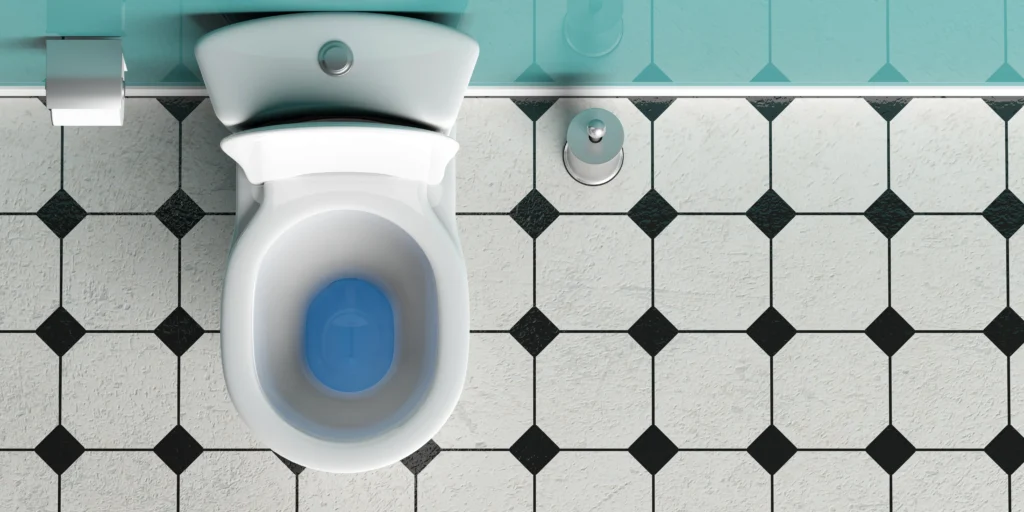
Common Causes of a Running Toilet
Several issues can cause a toilet to run continuously. The most frequent culprits include:
A Faulty or Worn-Out Flapper
The flapper is a rubber seal at the bottom of the toilet tank that controls water flow into the bowl. Over time, flappers can degrade, warp, or become coated in mineral deposits, preventing them from sealing properly. If the flapper does not close completely, water will continuously leak from the tank into the bowl, forcing the toilet to keep refilling.
To check if the flapper is the cause of the problem, lifting the tank lid and pressing down on the flapper can help determine whether it is sealing properly. If the running stops when applying pressure, the flapper likely needs to be replaced.
Replacing the flapper is a simple process. After turning off the water supply, the old flapper can be detached from the chain and removed. Installing a new flapper ensures a proper seal and prevents water from escaping unnecessarily.
A Misaligned or Stuck Chain
The chain connecting the flush handle to the flapper must have the right amount of slack to function correctly. If the chain is too tight, it may prevent the flapper from closing fully after flushing. If it is too loose, the flapper may not lift properly, leading to weak flushes.
A tangled or misaligned chain can also cause the toilet to keep running by preventing the flapper from sealing. Adjusting the chain length so there is a slight amount of slack when the flapper is closed ensures smooth operation.
A Malfunctioning Fill Valve
The fill valve controls the flow of water into the toilet tank. If the fill valve is worn out or damaged, it may fail to shut off properly, allowing water to continue running. This issue can lead to water overflowing into the overflow tube, preventing the tank from filling to the correct level.
Checking the fill valve for signs of wear or leaks can help determine if it needs to be replaced. If water continues to flow into the tank even when the float is at the correct level, replacing the fill valve may be necessary to restore normal function.
An Improperly Adjusted Float
The float inside the toilet tank controls how much water is allowed to enter before the fill valve shuts off. If the float is set too high, the tank may overfill, causing excess water to flow into the overflow tube. This continuous cycle results in a running toilet.
Adjusting the float ensures that the water level remains below the overflow tube. On older toilets with a ball float, gently bending the float arm downward can lower the water level. In newer toilets with a cup-style float, adjusting the height using the attached screw or clip can prevent overfilling.
A Leaky or Cracked Overflow Tube
The overflow tube is designed to prevent the tank from overflowing by directing excess water into the bowl. However, if the tube is cracked or improperly positioned, water may continuously flow through it, causing the toilet to keep running. Inspecting the tube for cracks or damage and ensuring it is set at the correct height can help resolve the issue.
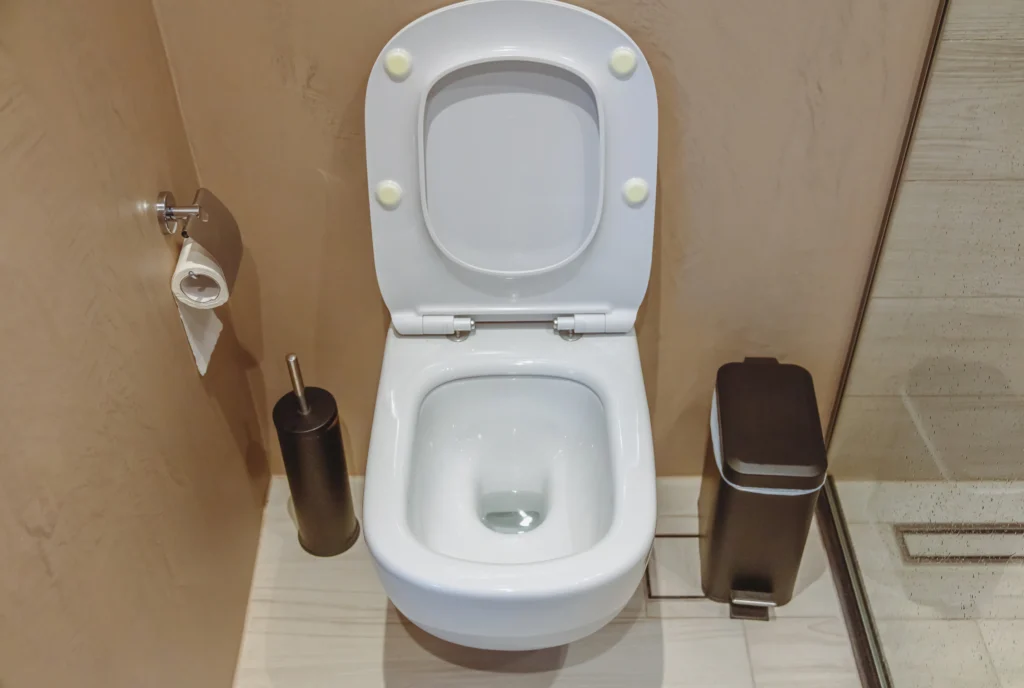
Checking for Leaks and Diagnosing the Issue
If the cause of a running toilet is not immediately clear, performing a simple dye test can help identify leaks. Adding a few drops of food coloring or a toilet dye tablet into the tank and waiting a few minutes without flushing can reveal whether water is leaking into the bowl. If the colored water appears in the bowl, there is likely a problem with the flapper or another component.
Visually inspecting the tank while the toilet is running can also provide clues. Observing the water flow and listening for continuous hissing sounds can indicate whether the fill valve, flapper, or overflow tube is responsible for the issue.
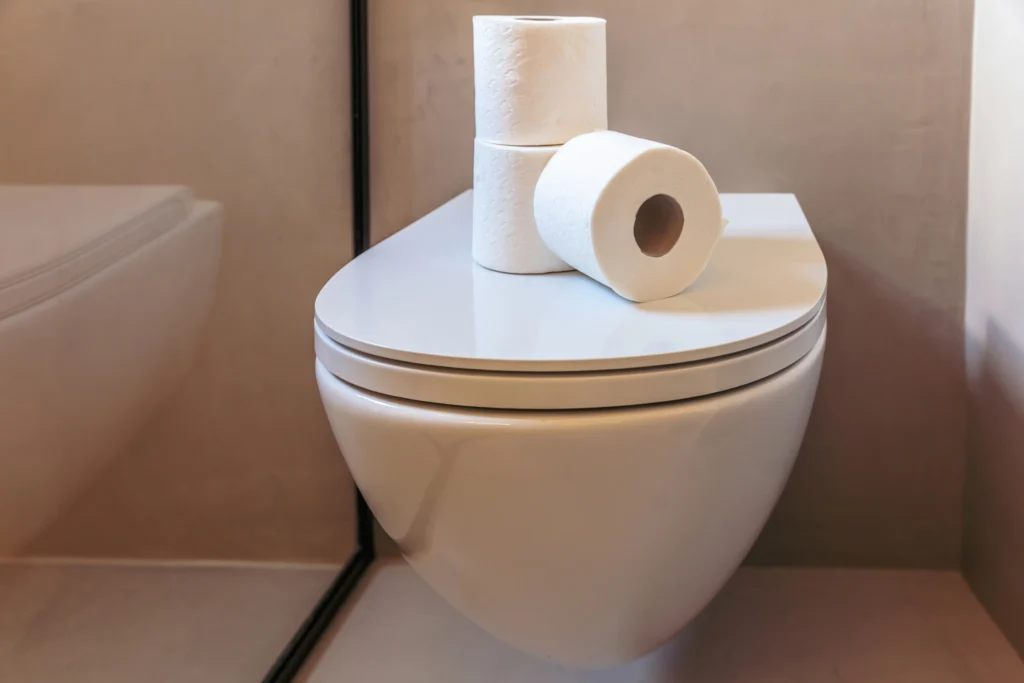
Preventing Future Toilet Running Issues
Regular maintenance and inspections can prevent a toilet from developing running issues. Replacing worn-out components, cleaning mineral deposits from the flapper and fill valve, and ensuring the float is adjusted properly all contribute to a well-functioning toilet.
Using gentle cleaning solutions instead of harsh chemical cleaners extends the lifespan of internal toilet components. Some commercial cleaners can degrade rubber parts over time, leading to leaks and malfunctions. Avoiding excessive use of drop-in tank tablets also prevents damage to seals and gaskets.
Checking the toilet for leaks periodically can catch minor issues before they lead to significant water waste. Addressing small problems early reduces the need for major repairs and helps maintain an efficient plumbing system.
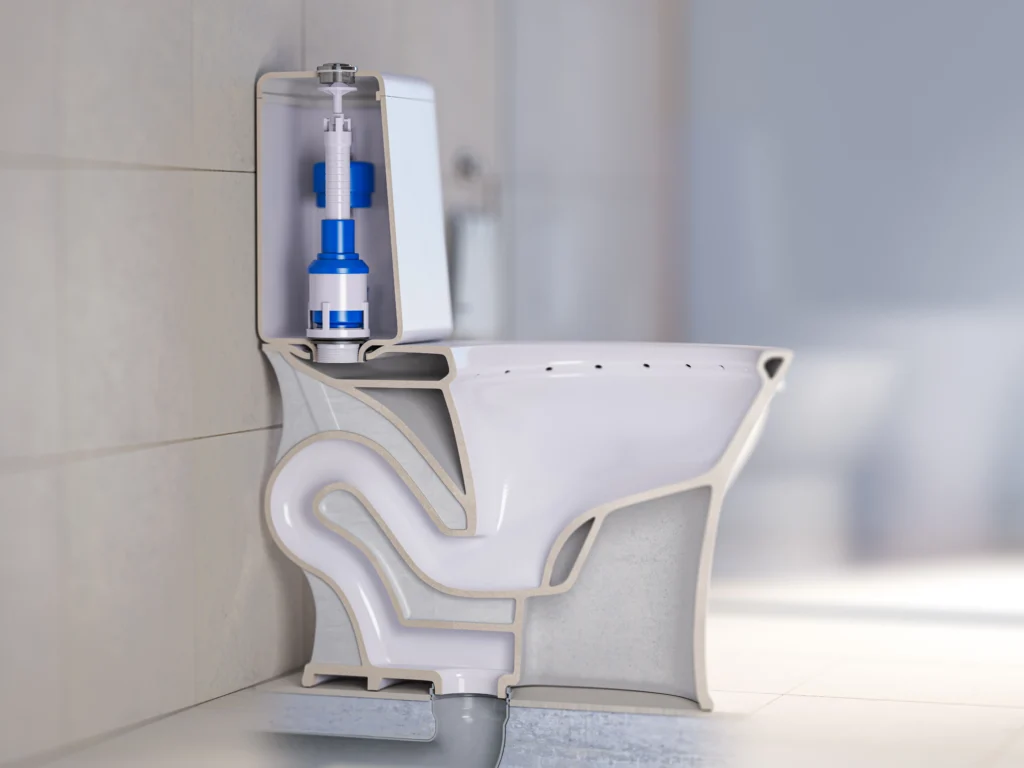
When to Call a Professional for Help
While many toilet repairs can be done at home, some situations require professional assistance. If replacing the flapper, adjusting the float, or changing the fill valve does not resolve the issue, there may be an underlying plumbing problem.
Frequent toilet running, unusual noises, or water pressure issues could indicate problems with the home’s main plumbing system. A professional plumber can assess whether mineral buildup, faulty pipes, or hidden leaks are contributing to the problem.
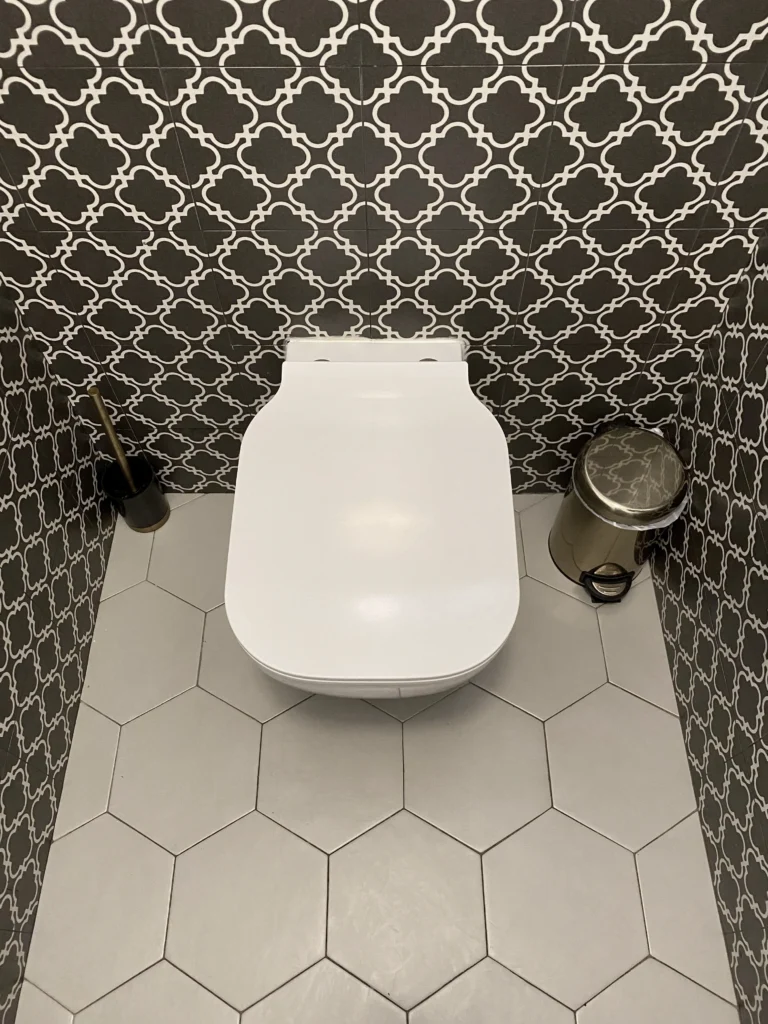
Conclusion
A running toilet can be frustrating, but diagnosing and fixing the problem is often straightforward. Whether caused by a faulty flapper, a misaligned chain, or an improperly adjusted float, addressing the issue promptly prevents water waste and costly utility bills.
For homeowners experiencing persistent plumbing issues, Icon Home Inspectors provides expert inspections to assess the condition of household plumbing systems. A well-maintained toilet not only conserves water but also contributes to a smoothly functioning home.